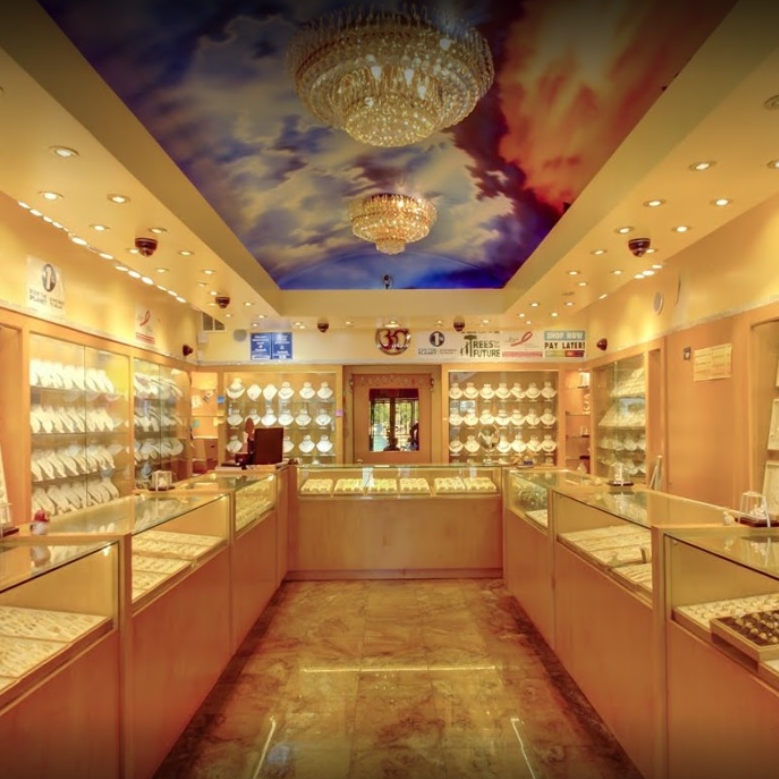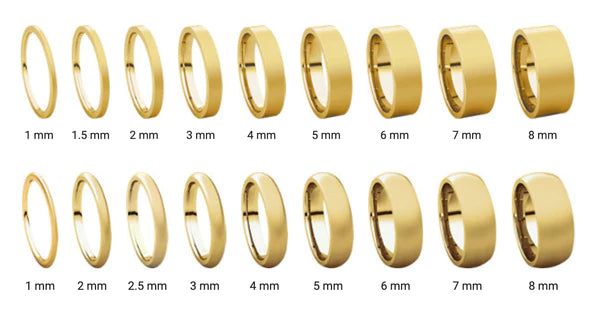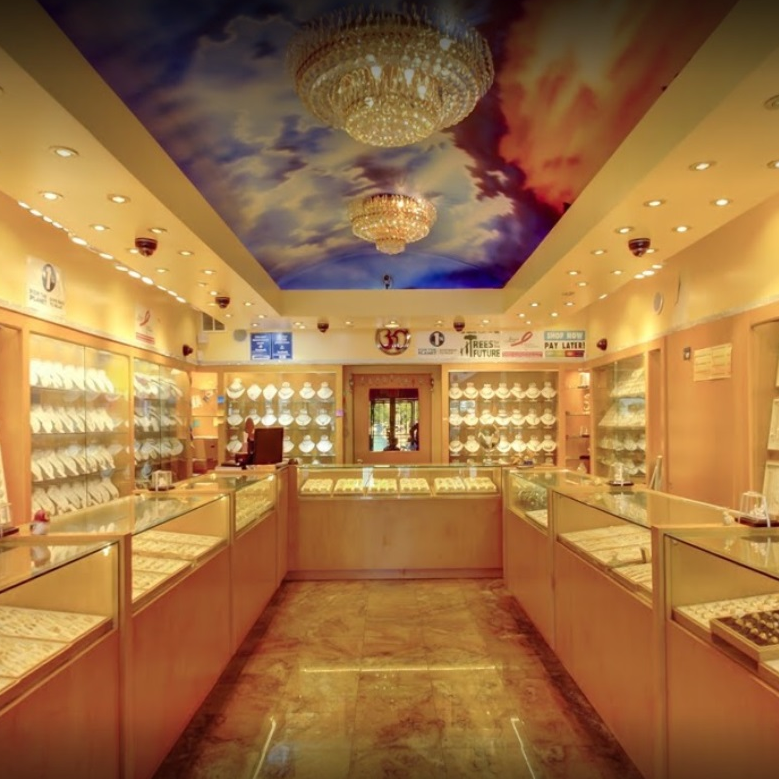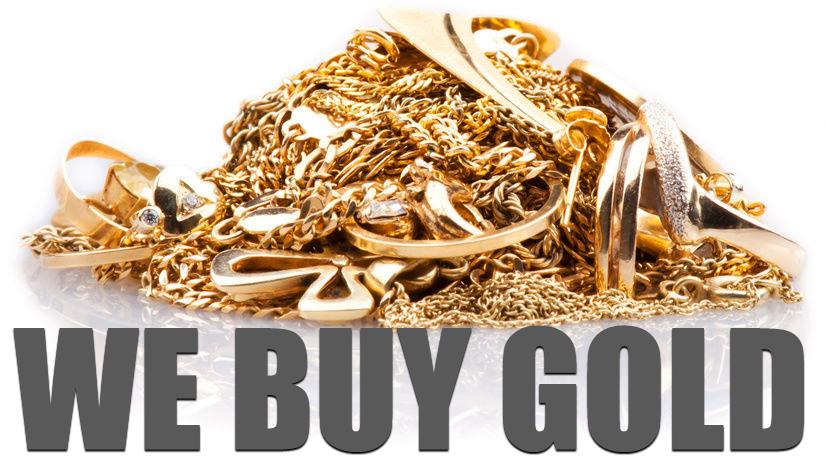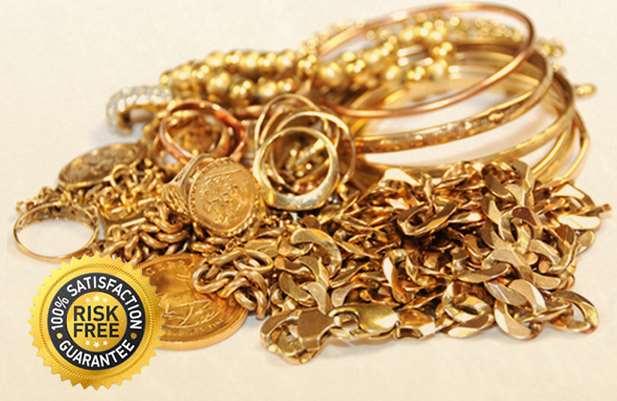Closing the Loop: Exploring the Circular Economy in Jewelry
In the quest for sustainability, the concept of a circular economy has emerged as a guiding principle for industries seeking to minimize waste, conserve resources, and promote environmental stewardship. In the realm of jewelry, the circular economy represents a transformative approach to production, consumption, and waste management. Here, we delve into the concept of the circular economy in jewelry, its principles, benefits, and implications for the industry's future.
Defining the Circular Economy
At its core, the circular economy is a regenerative economic model designed to mimic natural systems, where resources are reused, recycled, and repurposed in a closed-loop system. Unlike the linear 'take-make-dispose' model, the circular economy seeks to eliminate waste and maximize the value of materials throughout their lifecycle. In the context of jewelry, this entails designing products that can be easily disassembled, repaired, and recycled, thus minimizing environmental impact and promoting sustainability.
Designing for Longevity and Durability
Central to the circular economy in jewelry is the concept of designing for longevity and durability. Sustainable jewelry brands prioritize quality craftsmanship and timeless design, creating pieces that withstand the test of time and transcend fleeting trends. By investing in durable materials and meticulous craftsmanship, these brands ensure that their jewelry can be cherished and enjoyed for generations, reducing the need for frequent replacements and minimizing waste.
Recycling and Upcycling
Recycling and upcycling play a pivotal role in the circular economy of jewelry. Recycled metals, obtained from discarded electronics, industrial waste, and post-consumer jewelry, serve as a sustainable alternative to virgin materials, reducing the need for new mining and minimizing environmental impact. Similarly, upcycling involves transforming old or unused jewelry into new creations, breathing new life into forgotten pieces and diverting them from landfills. By embracing recycling and upcycling, jewelry brands contribute to the conservation of natural resources and promote a more sustainable approach to production.
Closed-Loop Supply Chains
The circular economy in jewelry relies on closed-loop supply chains that facilitate the recovery, reuse, and recycling of materials. Sustainable jewelry brands prioritize transparency and traceability, ensuring that materials are sourced responsibly and that supply chains are optimized for efficiency and sustainability. By partnering with suppliers and manufacturers committed to ethical and eco-conscious practices, these brands foster a culture of accountability and stewardship throughout the supply chain.
Consumer Engagement and Participation
Consumer engagement and participation are integral to the success of the circular economy in jewelry. By educating consumers about the environmental impact of their purchasing decisions and the benefits of sustainable practices, jewelry brands empower individuals to make informed choices that align with their values. Through initiatives such as take-back programs, repair services, and recycling schemes, brands encourage consumers to actively participate in the circular economy, closing the loop and minimizing waste.
Towards a Sustainable Future
In conclusion, the circular economy represents a transformative vision for the jewelry industry, where sustainability, innovation, and responsibility converge. By embracing principles of longevity, durability, recycling, and closed-loop supply chains, jewelry brands can minimize environmental impact, conserve resources, and promote a more sustainable approach to production and consumption. As the demand for sustainable products continues to grow, the circular economy offers a roadmap for a future where jewelry reflects not only beauty and elegance but also integrity, purpose, and sustainability.

